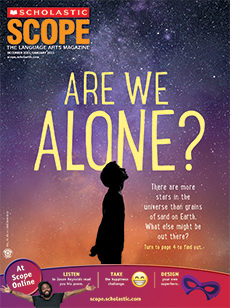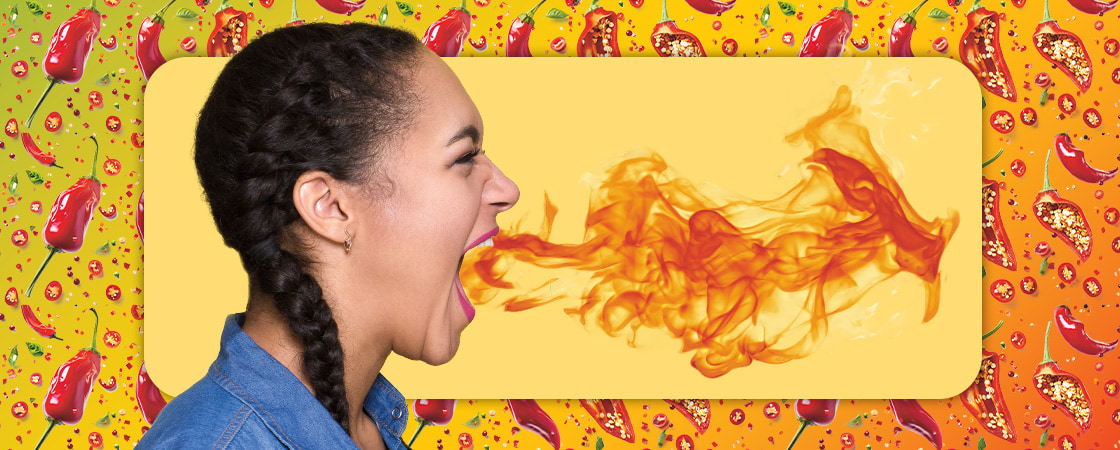Researchers believe chili peppers were first grown and eaten in Central and South America during ancient times, at least 6,000 years ago. From there, these spicy fruits spread, and they have been used around the world for centuries to give dishes a flavorful kick. Jamaica’s sweet and smoky jerk chicken, for example, gets its heat from Scotch bonnet peppers. Thailand’s hot and sour tom yum soup is made with spicy bird’s eye chilies. India’s fiery vindaloo curry is made with dried red chilies.
Chili peppers get their heat from a chemical called capsaicin (kap-SAY-suhn). The more capsaicin a chili contains, the hotter it is. When you pop a pepper—or anything containing capsaicin—into your mouth, the chemical tricks your brain into thinking you’re eating something scalding hot in temperature, even though you’re not. As a result, you feel a burning sensation in your mouth. If you’re sensitive to spice—or if what you’re eating contains a lot of capsaicin—it might really burn. Your cheeks might flush, and you might start to sweat.
This might not sound like a pleasant experience, but for many people, eating spicy food is worth it. In fact, many enjoy the burn.
Here’s why: When a person eats something spicy, their brain releases a flood of feel-good chemicals, including dopamine and endorphins. These chemicals combat what the brain perceives as painful heat and make the experience more enjoyable. It’s similar to the rush some people get when riding a roller coaster—the ride might feel terrifying at times, yet when it’s over, somehow they want to do it all over again.
“The first time I tried hot peppers, it knocked me to my knees,” says Currie. “I was sweating, I was snotting, I was drinking as much water as I could. . . . But it made me feel good.”

